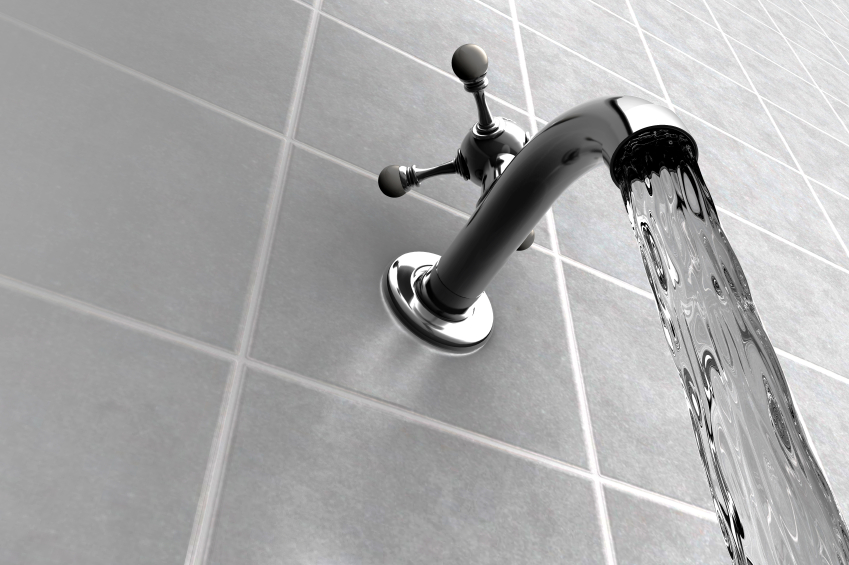
Saving water is a crucial part of going green. As water becomes scarcer and more polluted, conservation becomes increasingly important. The less water you use, the less wastewater will end up in our rivers, lakes and watercourses. Wasting water means that more water needs to be treated and cleaned, a process that requires significant amounts of energy.
As this startling page sets out, cutting down on water usage is one of the most important things you can do for your local environment and the planet as a whole. That is why more green households are going blue: cutting down their water footprint by conserving and harvesting water. It may seem like a daunting concept, but going blue starts with small changes that everyone can make. Something as simple as turning off the tap while you brush your teeth can save a lot of water. Wash your fruits and veggies in a bowl rather than under a tap to save even more. Make sure that the taps are fully turned off every time you step away from the sink or the shower — all those little drips can add up to a lot of water waste. Saving water does not have to mean making sacrifices. Using shorter, more economical settings when you wash your clothes will save time and money as well. If you hate dishwashing, you now have the perfect excuse to leave it to the dishwasher: Hand washing that sink full of plates can actually take both more water and more energy than running a modern dishwasher. Just remember to dry dishes by hand, as the drying cycle wastes electricity. Other adaptations include switching from baths to showers and replacing your current showerheads with low-flow, aerated units. The toilet has the highest water consumption of any device in your home. You can cut this down by installing a low-flush toilet. If that is not an option, it is simple to reduce the amount of water that your toilet uses by installing a Hippo water saver or a similar device. Another aspect of shrinking your water footprint is reducing your dependence on the main water supply through recycling or obtaining your own water. Rainwater harvesting can meet a lot of your home’s water needs. Many of us already practice rainwater harvesting in a small way. Collecting water from your gutters in a rain-butt is a great way to keep your garden green without running the sprinkler. More sophisticated rainwater harvesting systems can supply you with water to wash your clothes or clean your car. Modern rainwater harvesting systems use pumps to keep your stored rainwater flowing to where it is needed. Manufacturers such as Lowara, Flowtronex and A-C Pump offer a range of dependable pump technologies. These include turbine, centrifugal and submersible pumps. I have an underground storage system, which was not cheap, but offers no unsightly container. It is just like using main water, except it is free, fresher and great for the environment. While it is possible to self-install your rainwater system, it is generally better left to the experts. You can find out more about rainwater harvesting from your government’s environment agency.